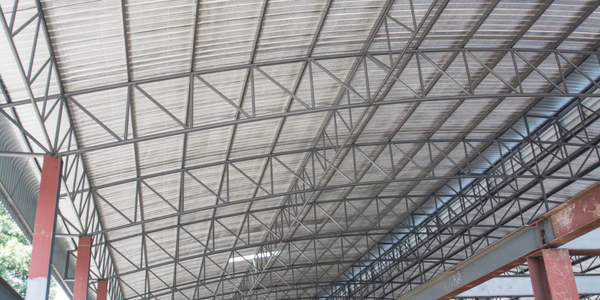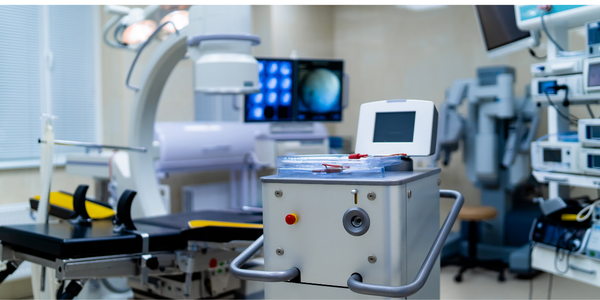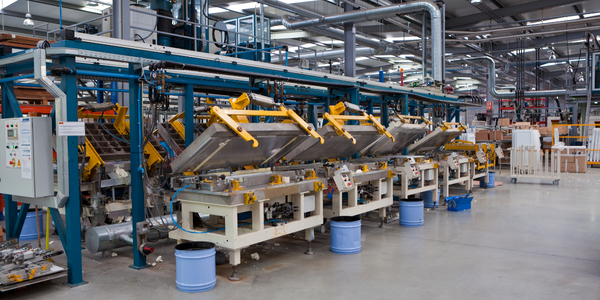RISE Structural Design's Innovative Approach to Pipe Stress and Structural Analysis in Methanol Plant

Technology Category
- Application Infrastructure & Middleware - Event-Driven Application
- Application Infrastructure & Middleware - Middleware, SDKs & Libraries
Applicable Functions
- Product Research & Development
Use Cases
- Structural Health Monitoring
- Time Sensitive Networking
Services
- System Integration
About The Customer
RISE Structural Design, Inc. is a company based in Tokyo, Japan, that specializes in structural design and analysis for overseas plant, building, and piping design. The company is known for its work in seismic diagnosis, where it identifies situations and formulates proposals based on its broad experience in providing safe and durable structural design and piping analysis. For this project, RISE was contracted to perform pipe stress analysis at a methanol plant in Japan, with the responsibility of delivering accurate assessments and reducing costs for steel materials.
The Challenge
RISE Structural Design, Inc., a Tokyo-based company specializing in structural design and analysis, was tasked with a pipe stress analysis project at a methanol plant in Japan. The project required the company to perform pipe stress analysis on pipes near the plant’s furnace, which operated at temperatures ranging from 300 to 900 degrees Celsius. The company was responsible for delivering accurate assessments and reducing costs for steel materials. One of the challenges was installing spring supports to ensure the piping system’s flexibility to react to the furnace’s extreme temperatures. The project also required effective coordination across various design teams, such as structural and piping, to avoid delays. Traditional workflows, where each discipline conducts their analyses independently and uses different conditions, were not suitable for this project. This traditional approach made it nearly impossible to create 3D data and increased analysis time.
The Solution
To overcome these challenges, RISE used Bentley’s AutoPIPE, a software that can manage thousands of nodes and segments, to keep the design’s progress on schedule. The application’s quick processing speed enabled the design team to analyze more complex models in less time. The team also used STAAD’s pipelink function to create conjoined models of the piping and framework, which automatically joined the beams at support points. This approach helped reduce carbon dioxide emissions. Bentley’s integrated structural modeling (ISM) solutions were used for coupling analysis, which helped RISE reduce inefficient work processes, including checking differences in design policies between departments, adjusting schedules, and reducing project delivery costs. The integration of models improved analysis efficiency and led to a decrease in design costs.
Operational Impact
Quantitative Benefit

Case Study missing?
Start adding your own!
Register with your work email and create a new case study profile for your business.
Related Case Studies.

Case Study
Bridge monitoring in Hamburg Port
Kattwyk Bridge is used for both rail and road transport, and it has played an important role in the Port of Hamburg since 1973. However, the increasing pressure from traffic requires a monitoring solution. The goal of the project is to assess in real-time the bridge's status and dynamic responses to traffic and lift processes.

Case Study
Reservoir monitoring in Hontomin
The Spanish Government has launched a CO2 Capture and Storage Program in Hontoman with the aim of developing this technology. This programme's approach is based on the fact that CO2 capture and storage could be an essential part of the solution to achieve substantial global CO2 emission reductions.

Case Study
Parc Des Princes Stadium - Paris Monitoring of the Roof Structure
Advitam has acquired a solid expertise in civil infrastructures monitoring and assets management. During their life cycle, civil engineering structures and construction works are aging, deforming, deteriorating and their mechanical capacities are evolving. A sharp knowledge of the mechanical parameters evolution and the monitoring of physical data are key elements to define and execute predictive maintenance strategies as well as to manage the structure life cycle with balance and to ensure the required safety and security for the users of the civil engineering structure.

Case Study
ASIC DESIGN ON MEDICAL DEVICES
Designed and developed an ASIC for sensing to set up straight with the contact lens. The MEMS sensor which can be digitized through ASIC is reading and transfers the assessments back to the recorder with the same RF link used to power the device using load modulation techniques. By using a 0.35µm process, Faststream could incorporate power capture and conditioning, RF signaling, high linearity ADC, and digital control functionality on a single die within the limited power budget and at a low cost.

Case Study
IoT for Civil Architecture and Artistic Monuments
Some public works, civil and heritage buildings have challenges in detecting abnormal structure movements in real time to maintain control of critical structure points, logging and analyzing data of all the structural properties to identify anomalies and accessing promptly to the data without the need of an on-site intervention.







